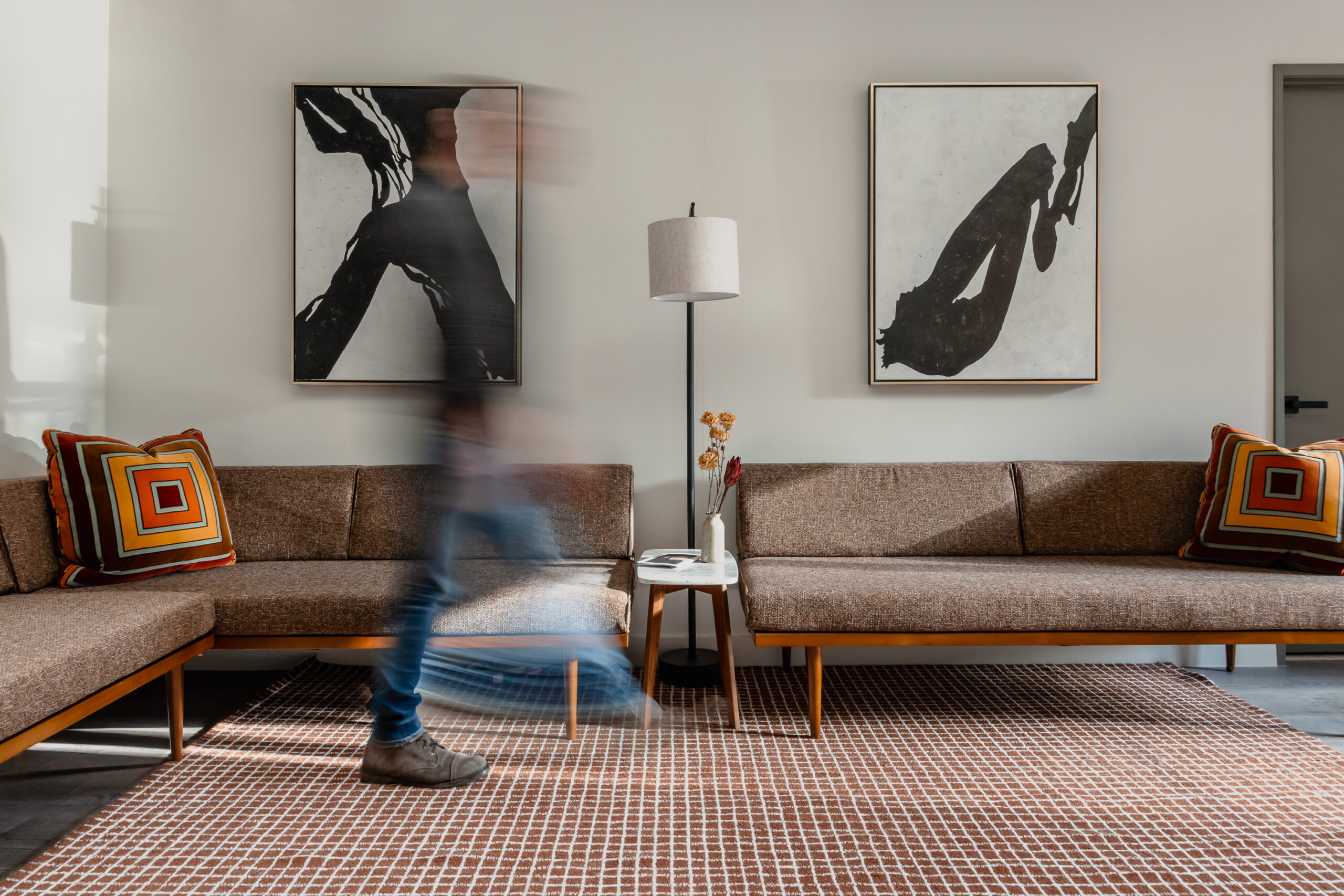A guide for therapists ready to reintroduce in-person work — without the full-time leas
The pandemic reshaped therapy in profound ways. For many clinicians, telehealth has opened doors to new clients, flexible schedules, and a better work-life balance. However, as the world has shifted again, a growing number of therapists are craving the depth and connection that come with in-person sessions — without giving up the flexibility that telehealth has made possible.
If you’re ready to see clients face-to-face but not ready to commit to a traditional office lease, there’s good news: you don’t have to choose between the two.
This is the perfect time to adopt a hybrid model — one that blends the convenience of telehealth with the presence and professionalism of in-person work. Here’s how to make that transition thoughtfully, efficiently, and sustainably.
1. Reassess Your Ideal Schedule and Caseload
The first step is clarity. Before renting an office, take a close look at your current caseload and client preferences.
- How many of your clients are local and open to in-person sessions?
- What days and times are most in demand?
- How much in-person work feels sustainable for you?
Most therapists find that a part-time or hybrid model fits best: two to three days in person, with the rest conducted online. This approach offers the best of both worlds — human connection and professional flexibility.
Wellness Spaces Solution
At Wellness Spaces, therapists can book beautifully furnished, all-inclusive offices by the hour, half day, or full day. That means you can start small — maybe one day a week — and scale up as your in-person demand grows. You’ll have the professionalism of a full-time office, with none of the long-term commitment or overhead.
2. Start Small and Test the Market
You don’t need to jump into a full-time lease to build your in-person caseload. Start by testing the market — identify a coworking therapy office near your clients, and begin with a small package of hours. See how it feels to be back in person and how quickly demand grows.
Once you’ve found a rhythm, update your Psychology Today and other online profiles with your new address, zip code, and both “In-Person” and “Telehealth” settings. This simple step increases visibility for local clients searching for in-person therapy.
Wellness Spaces Solution
Wellness Spaces makes this process easy. With hourly, half-day, and full-day bookings — and no long-term commitment — you can start small, build your in-person presence, and expand naturally as your practice evolves.
3. Reduce Overhead and Stay Flexible
One of the biggest advantages of the hybrid model is that it allows you to reduce costs while maintaining a professional presence. Full-time leases often lock you into years of fixed expenses — a challenge for therapists whose caseloads fluctuate.
Flexible, membership-based coworking models let you expand or contract your in-person hours as needed, with no risk or long-term commitment.
Wellness Spaces Solution
With no leases, no utilities, and no setup costs, Wellness Spaces offers the ultimate flexibility for therapists. You can grow at your own pace — starting with a few hours a week and adding more time as your practice evolves. You only pay for what you need, when you need it.
4. Reconnect with Community
One of the most overlooked challenges of remote work has been isolation. Many therapists miss the casual interactions, referrals, and support that come from being part of a professional community. Returning to an in-person environment can reignite that sense of belonging — and even inspire your clinical work.
Wellness Spaces Solution
With more than 100 members across three Los Angeles locations, Wellness Spaces offers built-in connection. Members network, exchange referrals, and participate in peer consultation groups and community meetups. It’s private practice, with the support and energy of colleagues nearby.
5. Embrace the Hybrid Future of Therapy
Therapists no longer have to choose between convenience and connection. The most sustainable private practices blend telehealth and in-person work, giving both therapists and clients the flexibility to choose what works best for them.
Coworking models make this balance possible. With flexible scheduling, all-inclusive amenities, and spaces designed for therapists, you can meet your clients where they are — whether that’s online or in the room.
Wellness Spaces Solution
Wellness Spaces makes it easy to maintain a hybrid practice. Our members book offices on demand, access all-inclusive amenities, and stay connected to a thriving therapist community — all without the expense or stress of a traditional lease. It’s flexibility without compromise.
The Takeaway
Transitioning from telehealth to in-person work doesn’t have to mean taking on a long-term office lease or managing a second job as a landlord. The right environment should make your work feel lighter, not heavier.
At Wellness Spaces, we’ve built offices that evolve with the modern therapist — flexible, beautifully designed, and built for connection. Whether you’re seeing clients one day a week or five, you’ll have a space that reflects your professionalism and supports your growth.
Work • Connect • Thrive.






